月曜日, 11月 28th, 2011...9:12 AM
Yukemuri Japanese Cultural Experience
Reading time: About 6 minutes
Yukemuri Japanese Cultural ExperienceA Japanese culture experience event called Setagaya Cool was held on September 17, 2011.
Setagaya Cool is a Japanese culture experience event that anyone can participate. While enjoying the Japanese atmosphere in the space with an Irori, foreign people can experience Onsen, Shodou (calligraphy) and Sadou and discover the appeal of Japan. It was an attempt to enhance reception of Japanese and foreign people through an extraordinary experience.
Setagaya Cool was held in Yamakawa Onsen which is located in FutakoTamagawa, Setagaya Tokyo. There may be people that will be surprised about an Onsen existing in Tokyo but it is located in FutakoTamagawa, 15minutes away by train from Shibuya, and 10 minute walk from FutakoTamagawa. I also did not know there was a large Onsen in the middle of Tokyo so I was surprised.
The participants experience three activities, Shodou, Sadou, and Onsen. It first began with the greeting by Takahashi Tatsuzou, the representative.
And the staff of Seta Onsen told us about the history of Onsen, the types of Onsen, and the hot springs in the world. There are not many situations, even for a Japanese, to learn about Onsen so it was interesting.
Let me explain some of the history of Onsen I was taught here.
There are various legends in venerable Onsen sites such as it was discovered by monks or heroes, or because animals were healing their wounds by bathing in the spring, or found by the revelation of god.
The records of ancient people and Onsen can be found in Kojiki and NihonShoki(both are ancient books of Japan).
Ancient Japanese believed that every natural things have a god so they believed in the god of Onsen and there are even some places that enshrine Onsen as the god.
By the Edo period, medical study of Onsen therapy begun and books of Onsen were published. As the roads and inn towns are maintained, regular people started to go on trips to visit shrines and temples and also visited Onsen on the way back and partied.
Onsen has a strange power which boosts the natural healing power which one has, so it may really be the “God’s Onsen”.
Onsen are roughly split up into 3 types which are volcanic Onsen, non-volcanic Onsen, and fossil seawater Onsen. Yamakawa Onsen is fossil seawater Onsen. It uses the Onsen that springs from 1700m deep. The stratum which the Onsen springs from is said to be around 10million years old.
After the explanation of Onsen, next is the experience of Sadou and Shodou.
First, I experienced Shodou.
This is”山河の湯” (Seta Onsen) written by the teacher.
It is fantastic.
Shodou experience was not taught strictly by the teacher but the participants freely write and ask if there are any questions. The last time I did Shodou was when I was in Middle school so it was 10years ago. I did not even remember how to hold or use the brush. Shodou started off by learning those parts.
Lecture of how to hold the brush. When I hold the brush, I don’t know why but I feel more concentrated.
In today’s experience, the participants practiced any Kanji of their choice and write their final onto a paper. It was hard to choose a Kanji I like. The other participants were writing Kanji such as “華” (Flower) and Kanji from their own name.
This is while writing the Kanji “華”.
This is while writing “愛” (Love).
However, writing with a brush is different from pens and pencils we usually use so it was difficult. Kanji is hard to take the balance so I had troubles. I couldn’t write well at the end so I regret it.
Next is Sadou.First we ate Wagashi (Japanese sweets). It was a Wagashi with chestnut and black sugar inside.
And we heard an easy explanation of Sadou from the teacher.
The Sadou experience was not something too earnest like we wear Kimono and it was like an introduction. We didn’t have to Seiza either so I experienced while sitting with my legs crossed.
It begins with putting the tea powder in the cup. The amount is one and a half of a tea spoon.
You pour the hot water after the tea. The amount of hot water was hard for a beginner so the teacher taught us. And next is the mixing the tea. This process needs skill and you are not supposed to put strength in your hand. You can make good tea by relaxing your hand and mixing it.
I tried but it does not bubble like the teacher. I thought it was easy but it does not seem like it. And I tried drinking my own tea.
After that, the teacher made us tea. Then the movement of his hand was completely different so I was surprised. The movement is extremely fast. It seemed like his hand was moving two times faster than my hand. And the taste of his tea is also completely different. It was very creamy.
Tasting the tea each of us made.
This is the tea that the teacher made us. The bubbles are fine and well mixed with the air.
The tea I have made seemed slightly watery. This is because it was not well stirred.
According to the teacher, it becomes a creamy tea when you mix it well with the air. I would like to challenge again if I have the opportunity. I want to make creamy tea the next time I try.
The Shodou and Sadou experience went on like this. There were several people that kept on with the Shodou experience. It seems addictive when you do it after a while.
I bathed in the Onsen after that. I usually only use the shower so I felt refreshed and my skin became smooth after the Onsen.
This is a different story but if you dig 1000m in Japan, Onsen springs where ever. If you have enough money, try digging an Onsen in your garden. Although it takes 100 thousand yen to dig 1 meter.
I was able to experience Sadou, Shodou, and Onsen in Setagaya Cool. You may go to an Onsen once in a year if your living in Japan, but there are not many opportunities to experience Sadou and Shodou. You can do Shodou if you go buy the equipment but Sadou is hard to try. I may not have experienced Sadou my entire life if an event like this did not exist. I feel that it would be great to introduce Japanese culture to foreign people but we Japanese also need to know more and experience Japanese culture.
I wish the Setagaya Cool is continuously held and more people experience the Japanese traditional culture.









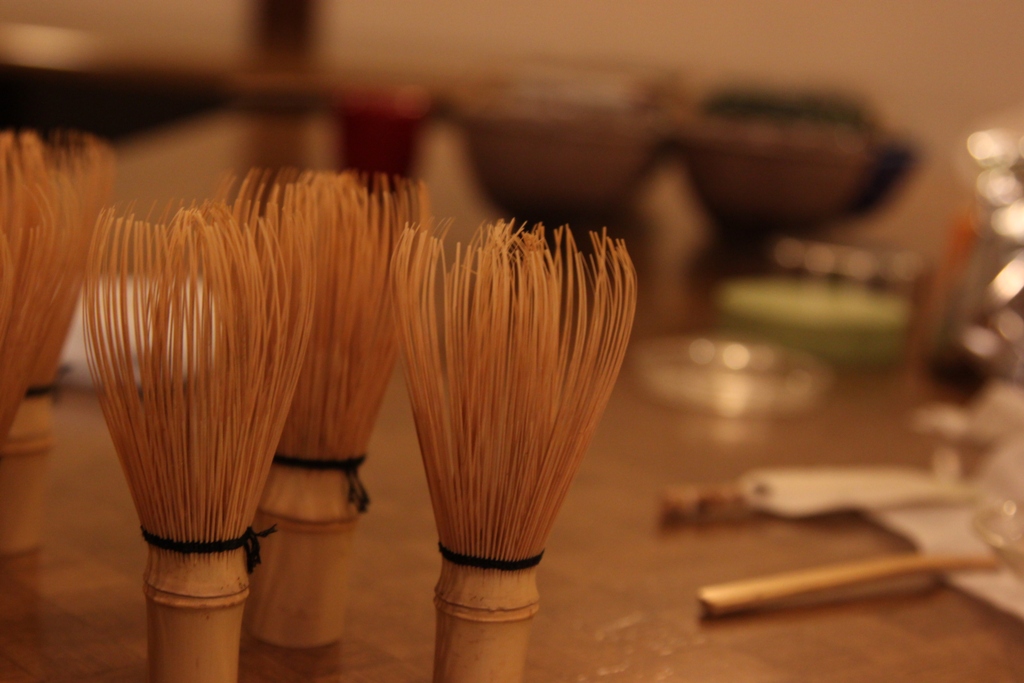
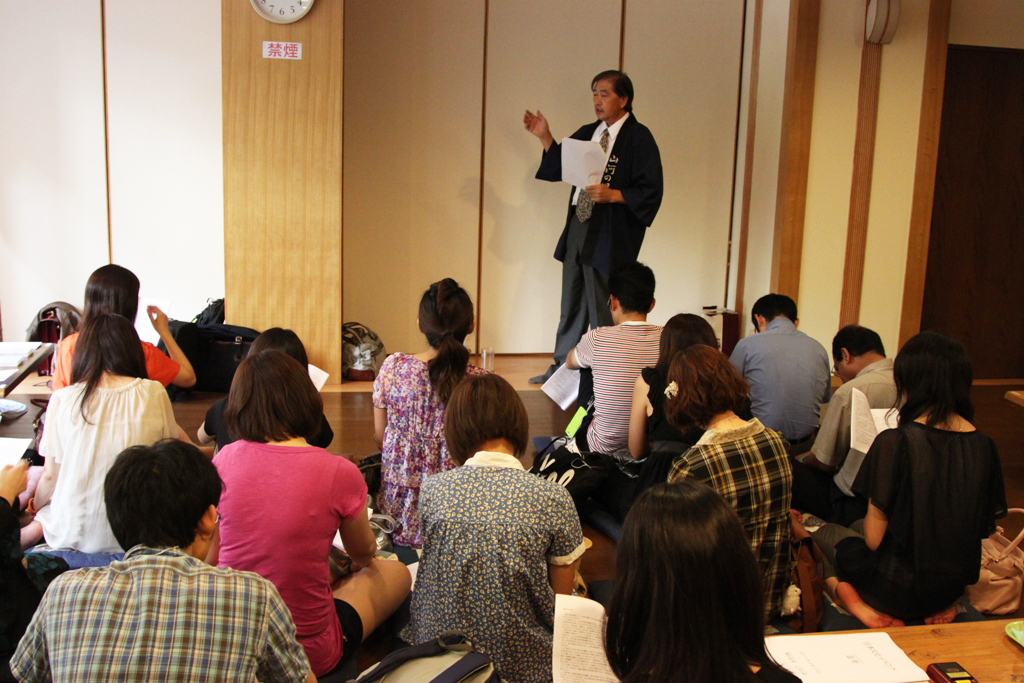
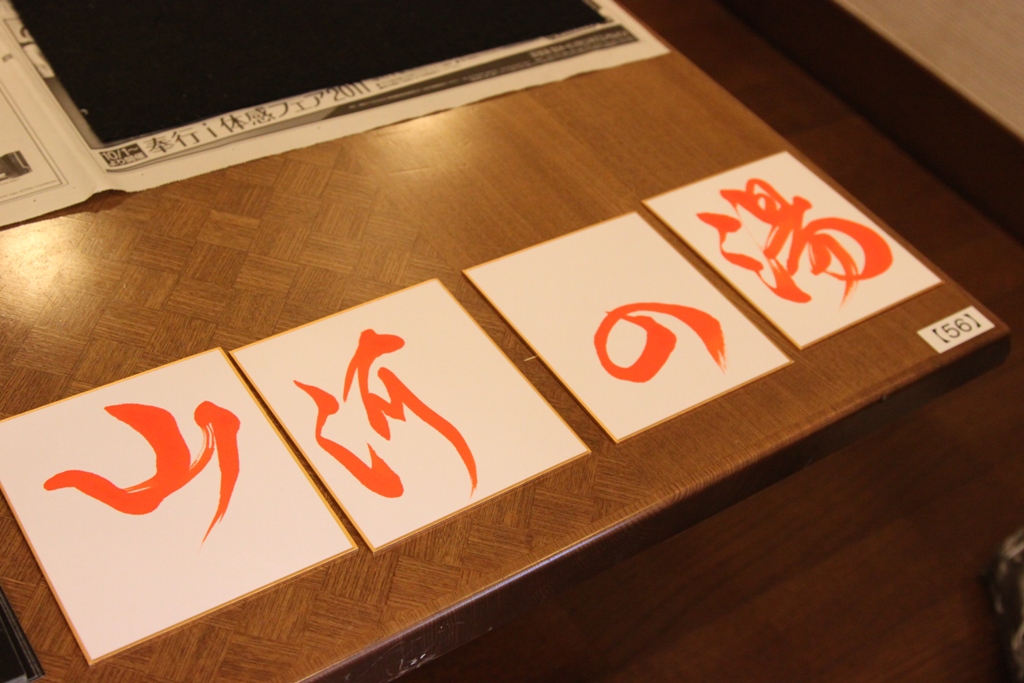


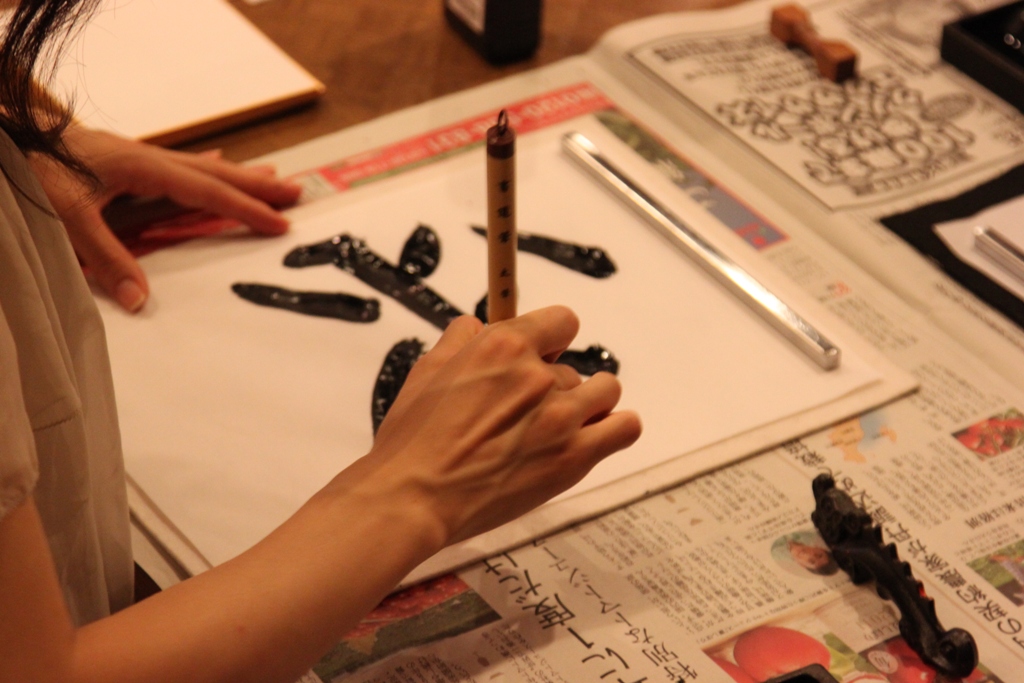
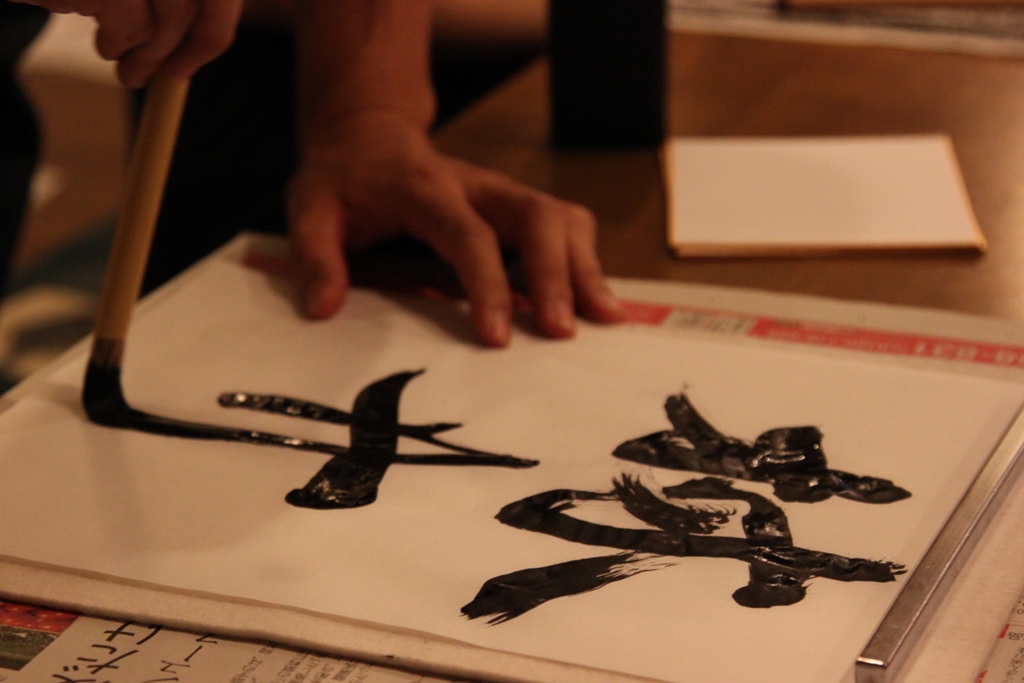
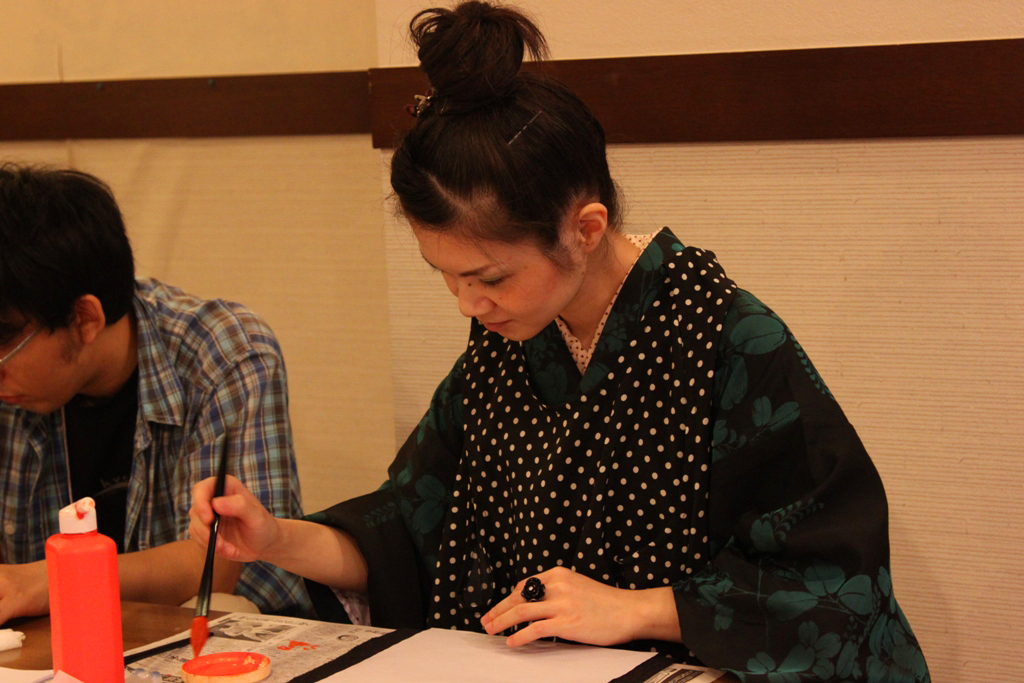

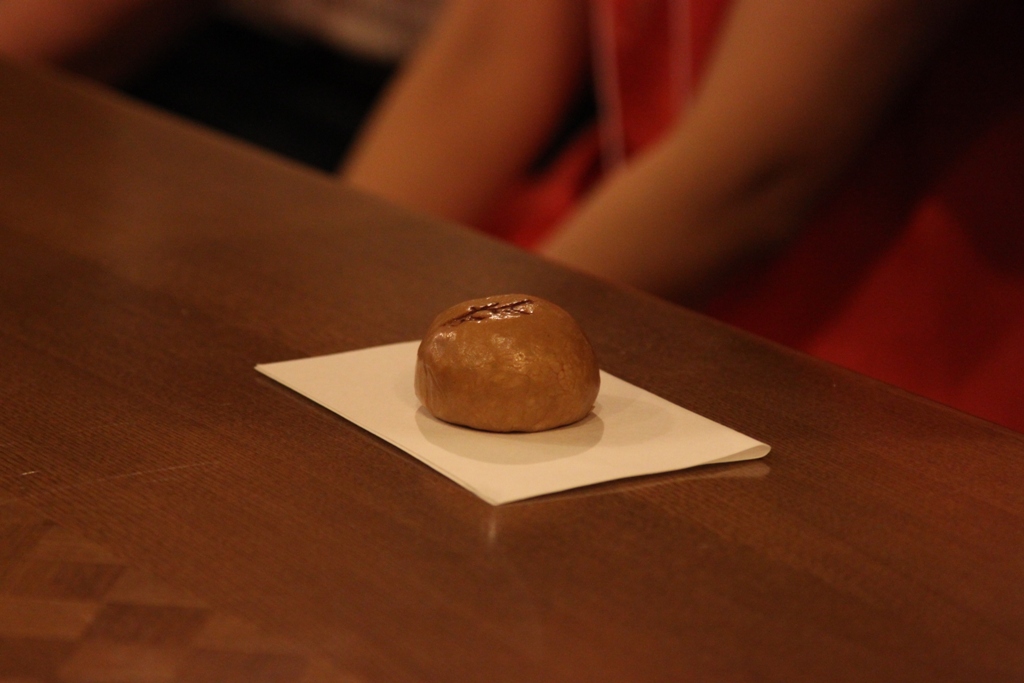
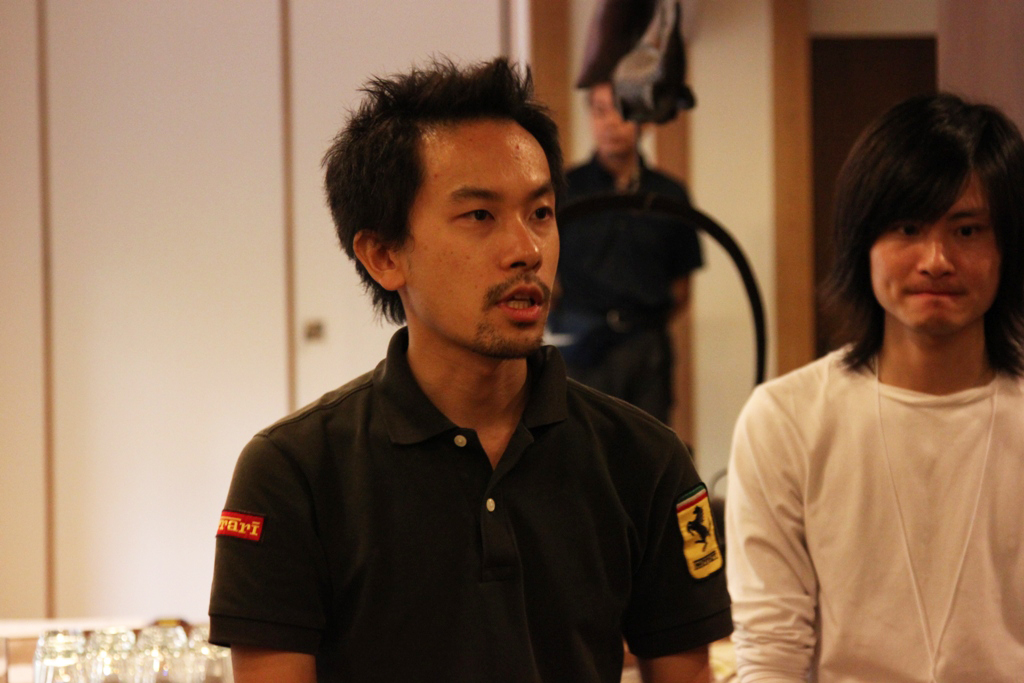


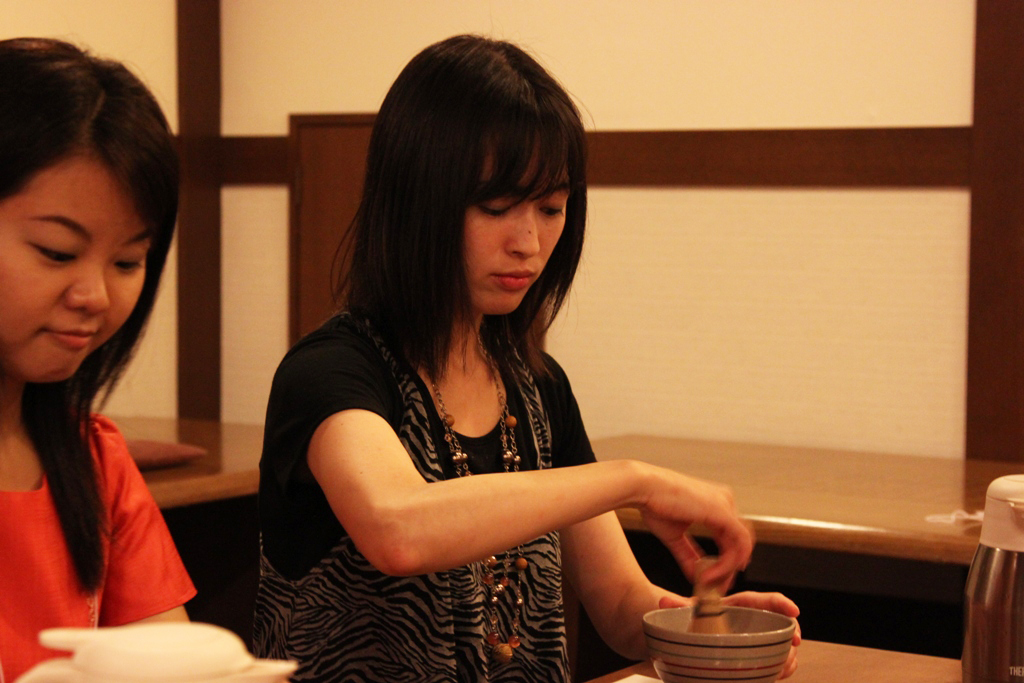
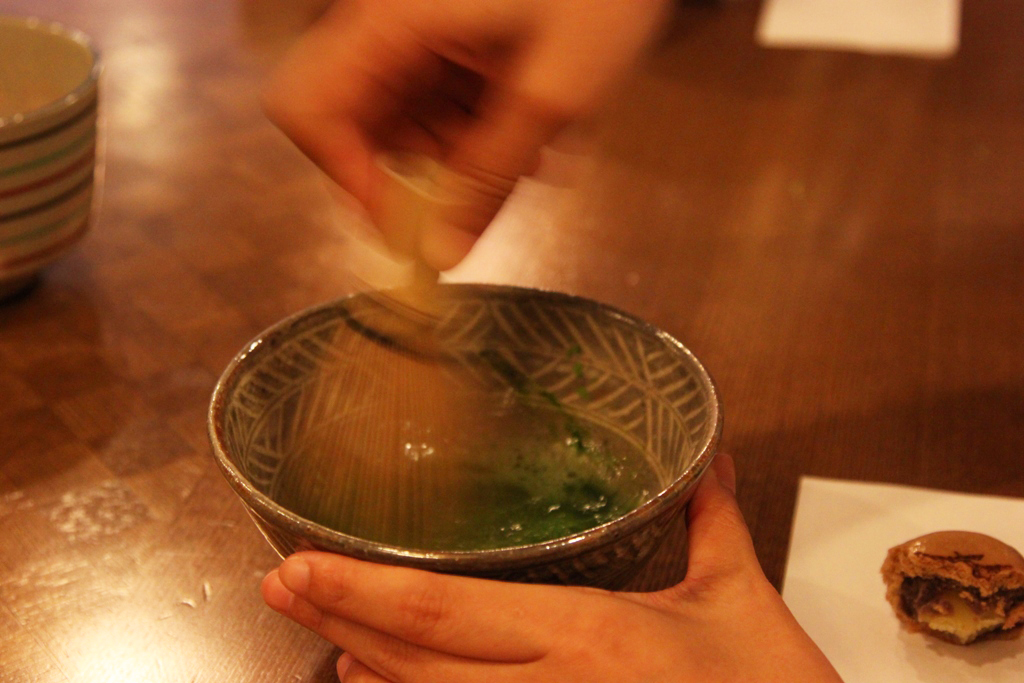

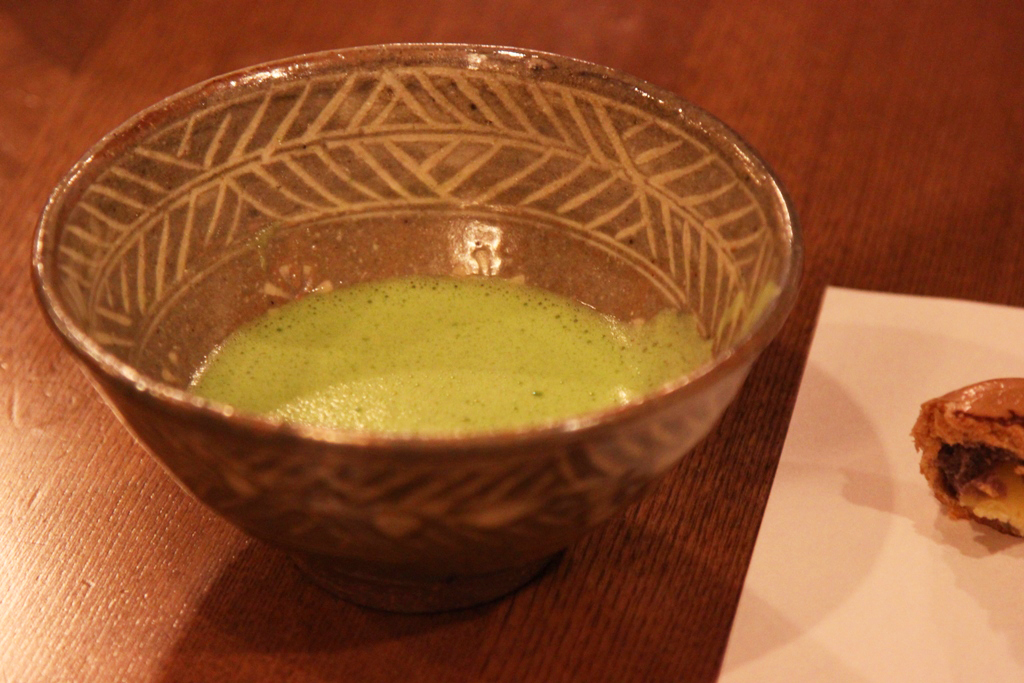
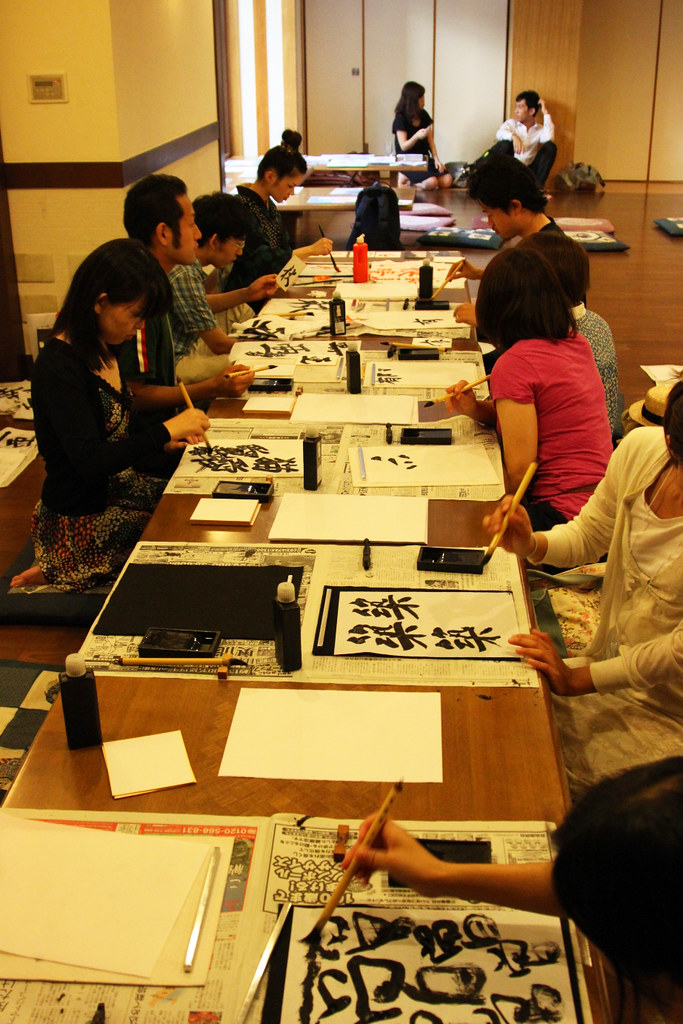











Leave a Reply